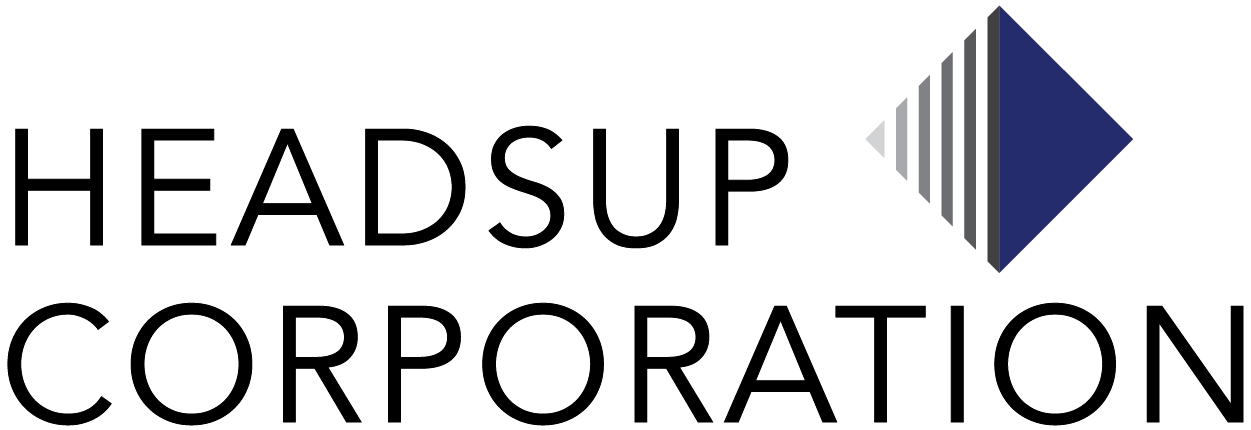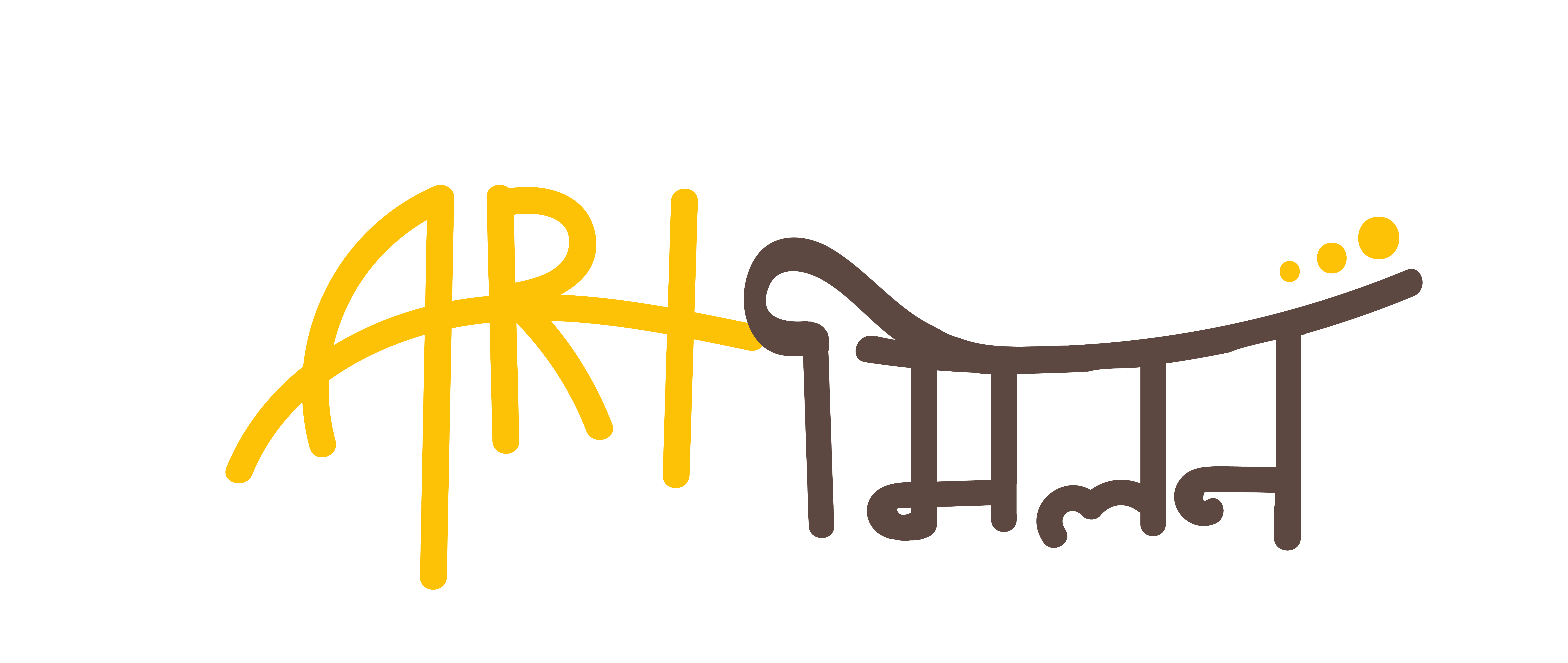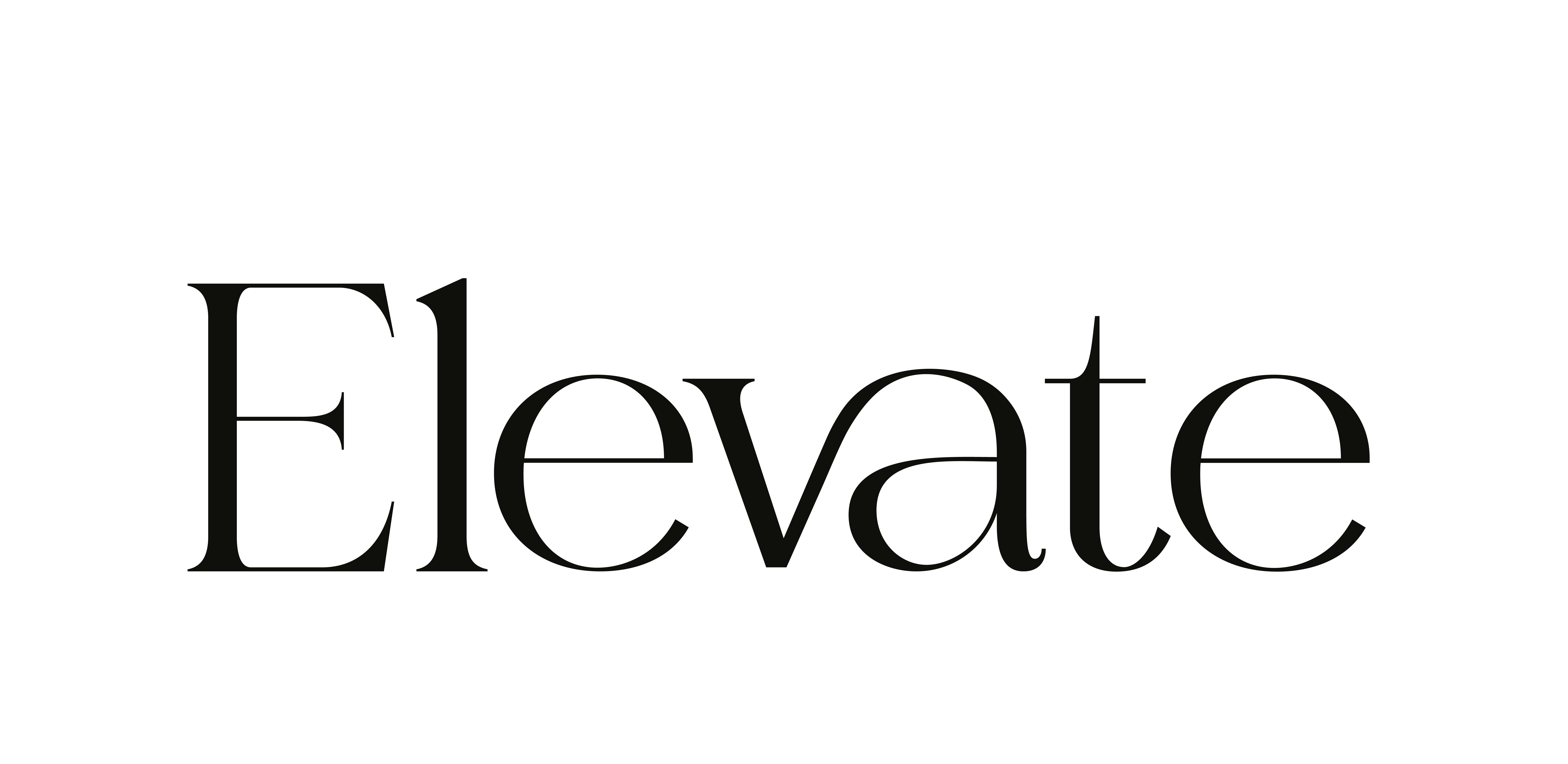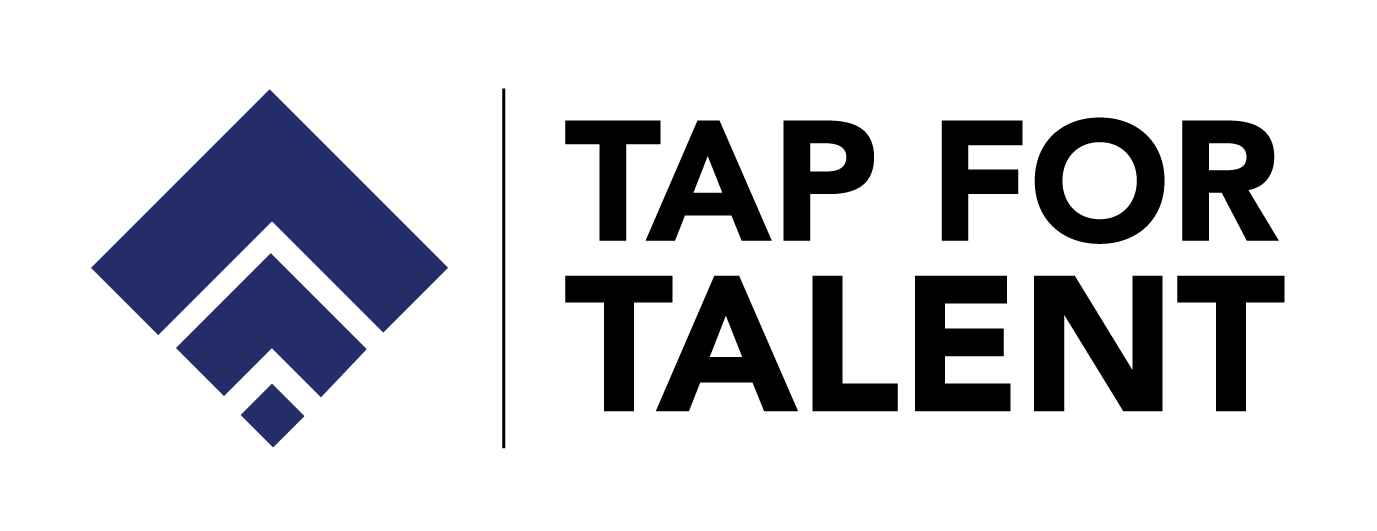With the temperature going down and the days shortening, some people are realizing that they have less energy and aren’t feeling as upbeat as they used to. While these symptoms may be fleeting for some, one in every three persons suffers from seasonal affective disorder (SAD) between the autumn and winter months. SAD affects nearly two million individuals worldwide, but what is the meaning of seasonal affective disorder, how does it affect employees at work, and what can HR do to help?
SAD is a type of depression that has a seasonal pattern, with most people having higher symptoms during the winter months. The majority of people who suffer from SAD experience fatigue and mood swings.
While medical experts have yet to pinpoint the specific origin of SAD, it’s suspected that a lack of sunshine disrupts a person’s internal body clock and lowers levels of hormones like melatonin and serotonin, making them feel irritated, fatigued, and often unproductive.
You may notice that people with SAD are more likely to call in sick, have trouble concentrating at work, are low on energy, and are unable to perform at their best. As a result, their productivity may suffer, while their absence rates may climb. This isn’t surprising, given that depressed mood, low self-esteem, impatience, tension, and unexplained aches and pains are all prominent symptoms of SAD. After all, you’re not going to be at your best if you’re not feeling 100 percent mentally or physically.
SAD: What Can HRs Do?
1. Break the Mental Health Stigma by Starting a Conversation
Mental health is a difficult subject for many people to address, and it has come to gather a bad reputation. But the stigma needs to be shattered. If employees are comfortable, encourage them to be more open about their mental health. When an employer encourages and supports mental health communication, it can have a significant impact and assist to break the stigma. As a result, it will be easier for those who are suffering to come forward, seek aid, and take the necessary steps to better their situation.
Support groups and listening circles, where people have a safe space to talk about anything and everything can play a crucial role in setting the entire process in motion.
2. Consider Art Therapy
The link between art and mental health is well-established; a 2015 study from the National Institute of Health revealed that art therapy provided statistically significant advantages. This included reducing despair, anxiety, trauma, and low self-esteem problems.
Art has long been acknowledged to have a significant impact on our moods. Art Therapy, a type of psychotherapy involving the fostering of unrestricted self-expression through painting, sketching, or modeling, has been widely employed in the last century or so as a rehabilitative activity or diagnostic help.
3. Webinars
Conducting webinars to spread awareness about SAD can help the employees to a great extent. Attendees will gain a better understanding of seasonal depression and anxiety, as well as the necessity of being able to detect signs and how to assess whether they or someone they know is suffering from SAD and/or anxiety. During the pandemic and beyond, these kinds of webinars will be helpful in teaching management tactics and ideas to improve well-being and effectiveness.
4. Foster a culture of Work-Life Balance
Don’t just talk about how important it is to have a good work-life balance. Allow employees to work from home. Employees who suffer from SAD may have difficulty sleeping. Offering the option to work remotely, releasing everyone early on Fridays, and letting employees set their own hours, if possible, can help employees better balance their personal and professional life.
5. Inform Employees About Existing Wellness Opportunities
If your company offers an Employee Assistance Program, make sure your staff are aware of it and understand what it comprises. These services are frequently underutilized. To remind everyone of the services offered, post flyers, send emails, and maintain handouts in high-traffic areas around the workplace. You could also plan Yoga sessions.
6. Encourage Employees to Take Breaks
It’s easy to get caught up in your work and forget to take a break. As a result, employees feel overwhelmed and worn out. Taking a break is an important component of de-stressing and recharging your batteries for the rest of the day. Many employees believe that taking breaks will make them appear as if they are not working hard. Discuss the value of taking breaks with your employees.
7. Increase Natural/Bright Light
In some offices, natural light can be scarce, with inner cubicles hidden away behind high partitions and away from windows. If you know someone who suffers from SAD, it might be worth transferring them to a room with plenty of natural light. Alternatively, try floating desks in well-lit locations. Allow the use of modest light treatment boxes, which are often used to treat SAD, in the office if that isn’t practicable.
In-Closing
Seasonal Affective Disorder should not be dismissed as the “winter blues” or a seasonal depression because it can lead to issues such as anxiety, eating disorders, and social disengagement. The same changes that cause you to feel “blah” might also cause you to lose productivity.
Headsup Corporation provides impeccable mental health services that can help HRs streamline their approach to tackle situations arising from SAD and other mental health challenges.
Get in touch here.









